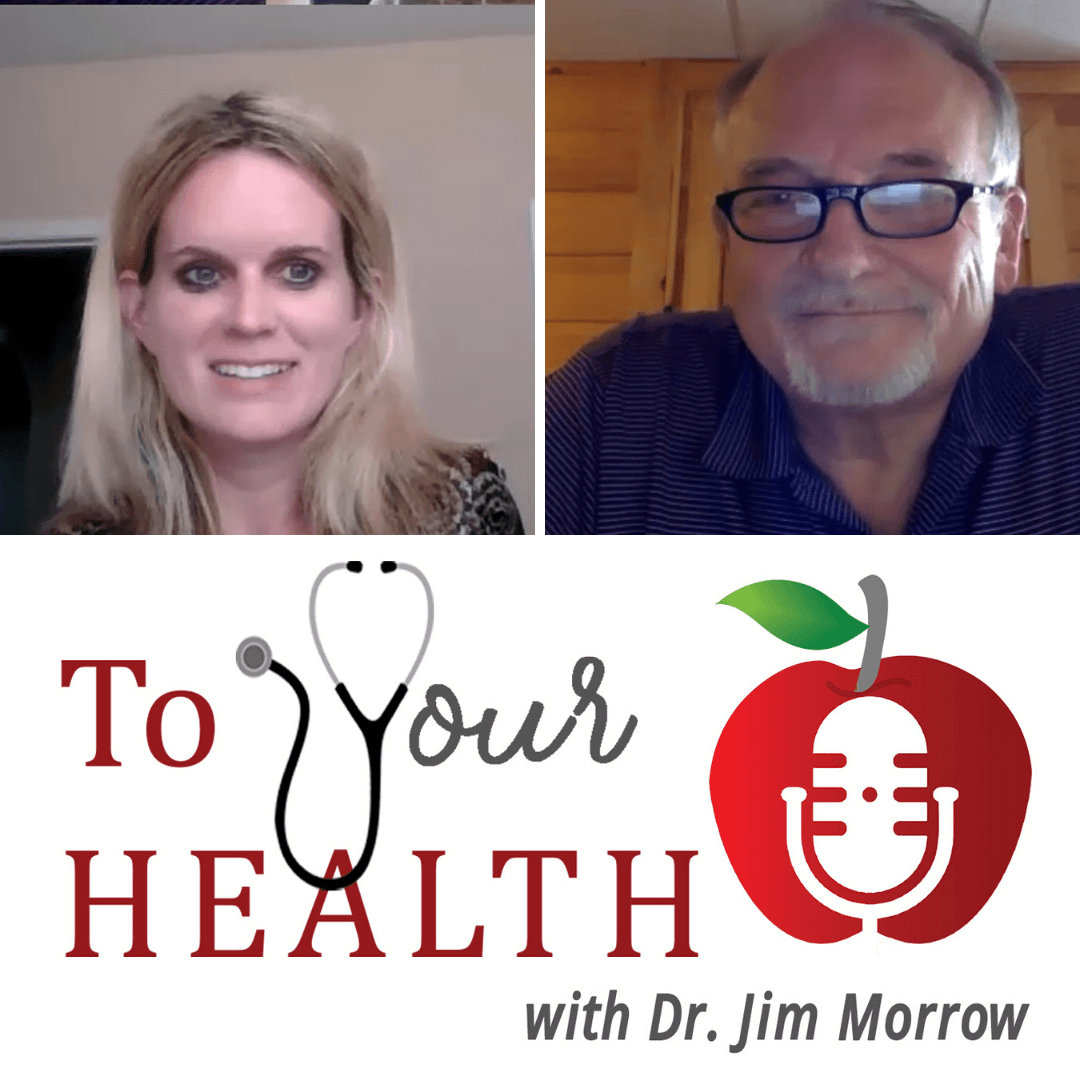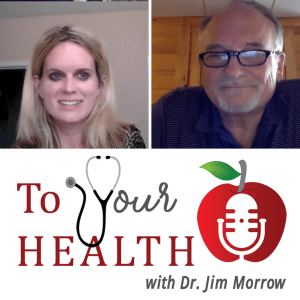

To Your Health With Dr. Jim Morrow: Episode 30, Distracted Driving with Molly Welch, A Second Later
On this special edition of “To Your Health,” Dr. Jim Morrow welcomes Molly Welch, A Second Later, to discuss her life-changing auto accident, her recovery, and her passion for warning others on the dangers of distracted driving. Dr. Morrow also offers an update on the coronavirus pandemic. “To Your Health” is brought to you by Morrow Family Medicine, which brings the CARE back to healthcare.
About Morrow Family Medicine and Dr. Jim Morrow
Morrow Family Medicine is an award-winning, state-of-the-art family practice with offices in Cumming and Milton, Georgia. The practice combines healthcare information technology with old-fashioned care to provide the type of care that many are in search of today. Two physicians, three physician assistants and two nurse practitioners are supported by a knowledgeable and friendly staff to make your visit to Morrow Family Medicine one that will remind you of the way healthcare should be. At Morrow Family Medicine, we like to say we are “bringing the care back to healthcare!” Morrow Family Medicine has been named the “Best of Forsyth” in Family Medicine in all five years of the award, is a three-time consecutive winner of the “Best of North Atlanta” by readers of Appen Media, and the 2019 winner of “Best of Life” in North Fulton County.
Dr. Jim Morrow, Morrow Family Medicine, and Host of “To Your Health With Dr. Jim Morrow”

Dr. Jim Morrow is the founder and CEO of Morrow Family Medicine. He has been a trailblazer and evangelist in the area of healthcare information technology, was named Physician IT Leader of the Year by HIMSS, a HIMSS Davies Award Winner, the Cumming-Forsyth Chamber of Commerce Steve Bloom Award Winner as Entrepreneur of the Year and he received a Phoenix Award as Community Leader of the Year from the Metro Atlanta Chamber of Commerce. He is married to Peggie Morrow and together they founded the Forsyth BYOT Benefit, a charity in Forsyth County to support students in need of technology and devices. They have two Goldendoodles, a gaggle of grandchildren and enjoy life on and around Lake Lanier.
Facebook: https://www.facebook.com/MorrowFamMed/
LinkedIn: https://www.linkedin.com/company/7788088/admin/
Twitter: https://twitter.com/toyourhealthMD
The complete show archive of “To Your Health with Dr. Jim Morrow” addresses a wide range of health and wellness topics, and can be found at www.toyourhealthradio.com.
Dr. Morrow’s Show Notes
Distracted Driving
• Each day in the United States, approximately 9 people are killed and more than 1,000 injured in crashes that are reported to involve a distracted driver.
• In 2015, 391,000 people were injured in motor vehicle crashes involving a distracted driver
• In 2016, 3,450 people were killed in crashes involving a distracted driver.
• Drivers under the age of 20 have the highest proportion of distraction-related fatal crashes.
• In 2017 9% of all teen motor vehicle crash deaths involved distracted driving.
• In 2017, 42% of high school students who drove in the past 30 days reported sending a text or email while driving.
o Students who reported frequent texting while driving were:
Less likely to wear a seatbelt.
More likely to ride with a driver who had been drinking.
More likely to drink and drive.
• Distracted driving is
o driving while doing another activity that takes your attention away from driving.
o Distracted driving can increase the chance of a motor vehicle crash.
What are the types of distraction?
• There are three main types of distraction:
o Visual: taking your eyes off the road;
o Manual: taking your hands off the wheel; and
o Cognitive: taking your mind off of driving.
Distracted driving activities
• Anything that takes your attention away from driving can be a distraction.
o Sending a text message,
o talking on a cell phone,
o using a navigation system, and
o eating while driving are a few examples of distracted driving
• Any of these distractions can endanger the driver and others.
o Texting while driving is especially dangerous because it combines all three types of distraction.
When you send or read a text message,
• you take your eyes off the road for about 5 seconds, long enough to cover the length a football field while driving at 55 mph.
Thanks to www.cdc.gov
From Molly Welch, A Second Later

• A Second Later is a 501c3 organization created to promote the message against distracted driving.
o I use my first hand experiences to discuss the hardships I face on a daily basis and telling others not to give up after my own distracted driving accident.
A Second Later changes lives for the better. It continues to grow and expand as it touches different communities and places.
Twelve years ago, I was involved in a distracted driving accident – a head-on collision with a pick-up truck. I was a Junior at Auburn University when the accident occurred. It took me an extra 3 years, but I did finally graduate!
As a result of the accident, I sustained Traumatic Brain injury. I was in a coma for a month and have spent years in therapy.
As a result, the routine tasks everyone else tackles effortlessly became challenging and time-consuming process:
• Getting dressed, showered, brushing my hair and my teeth to more necessary things like walking and simply getting around.
• For over a decade, I have balanced re-learning these tasks with regular therapy for walking, talking, and all the tasks most people take for granted.
• I’ve undergone years of physical, occupational and speech therapy at Shepherd Center and various other places in an effort to gain some level of normalcy.
Several years ago, I put my energy into founding the non-profit I mentioned earlier called A Second Later.
• All my time and energy is now focused on developing A Second Later into “that” voice of reason that inevitably stops distracted driving.
• I seek out opportunities to speak to youth – the most at risk group for distracted driving accidents – in their schools, churches, and clubs.
• I also aim a voice at civic leaders in these same venues.
• I testified before the GA legislators on distracted driving prior to the adoption of today’s hands-free legislation.
These people are the policy makers defining acceptable behavior within the law.
o The message against distracted driving is talked about.
o Also, never giving up for high school student/adults.
o The most important age for me to target is high school students and I spoke to several mock traffic crashes at those schools .
o I’ve been on TEDx Emory and at the Medical Association of Atlanta.
o My future was permanently altered twelve years ago with my accident.
That brief moment of distraction and ……”A Second Later” ….. my life was altered. It affected not only the days immediately following the accident, but my life today, my life tomorrow, and perhaps forever.














